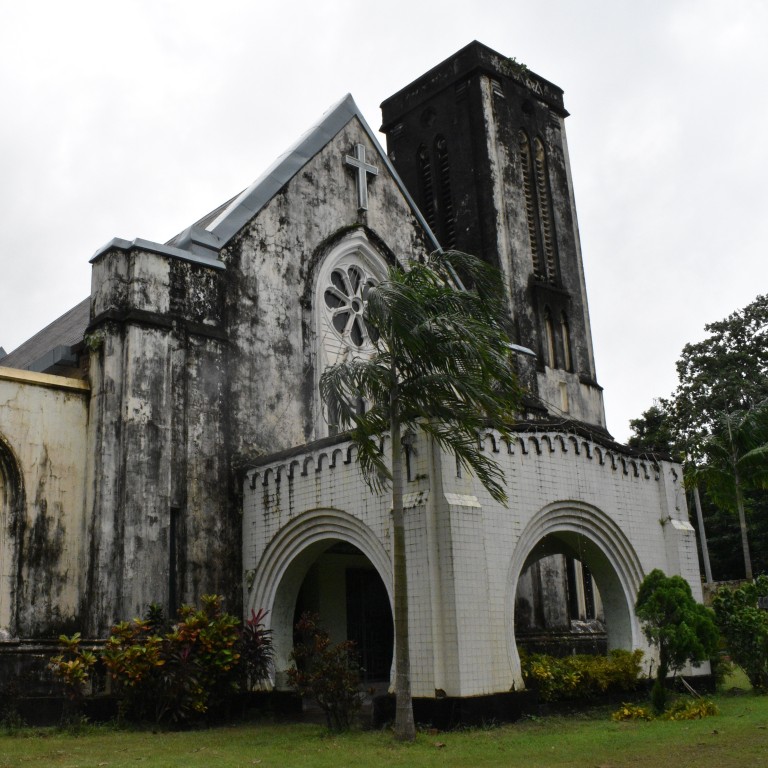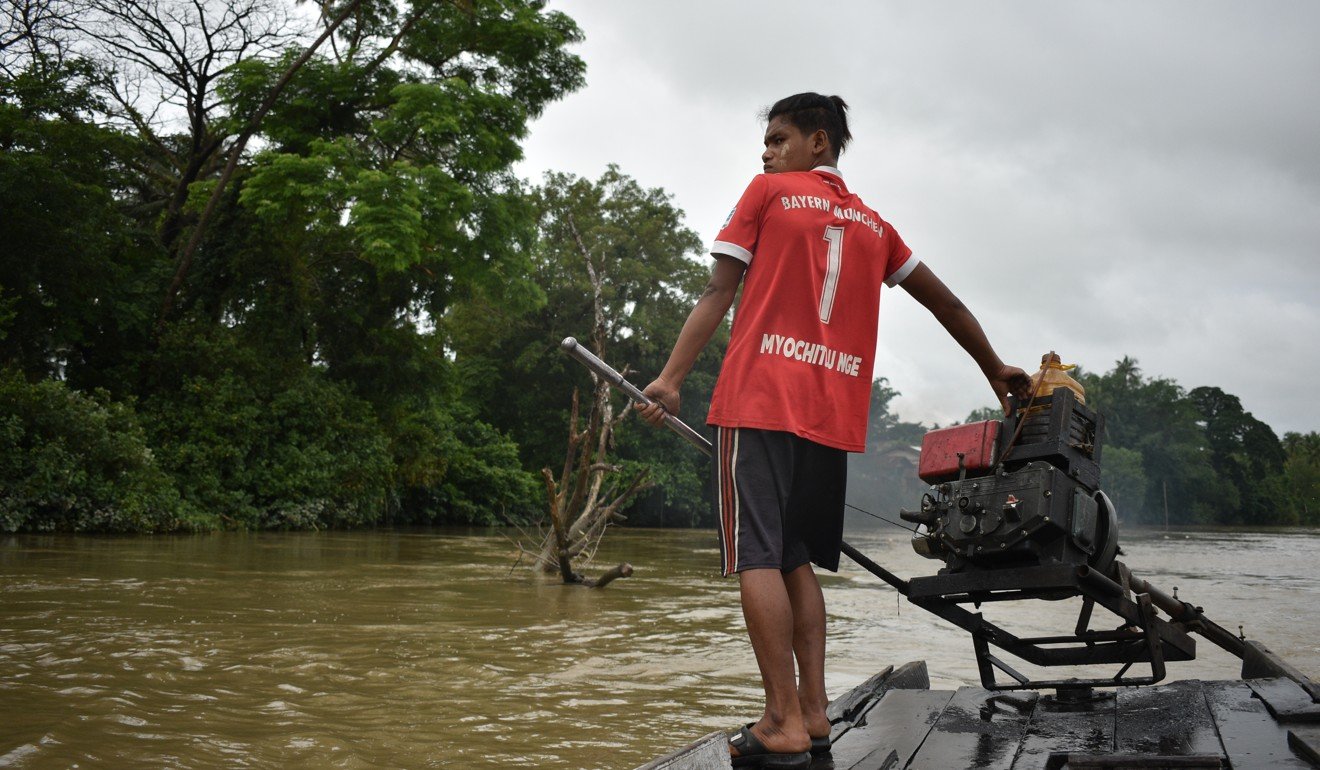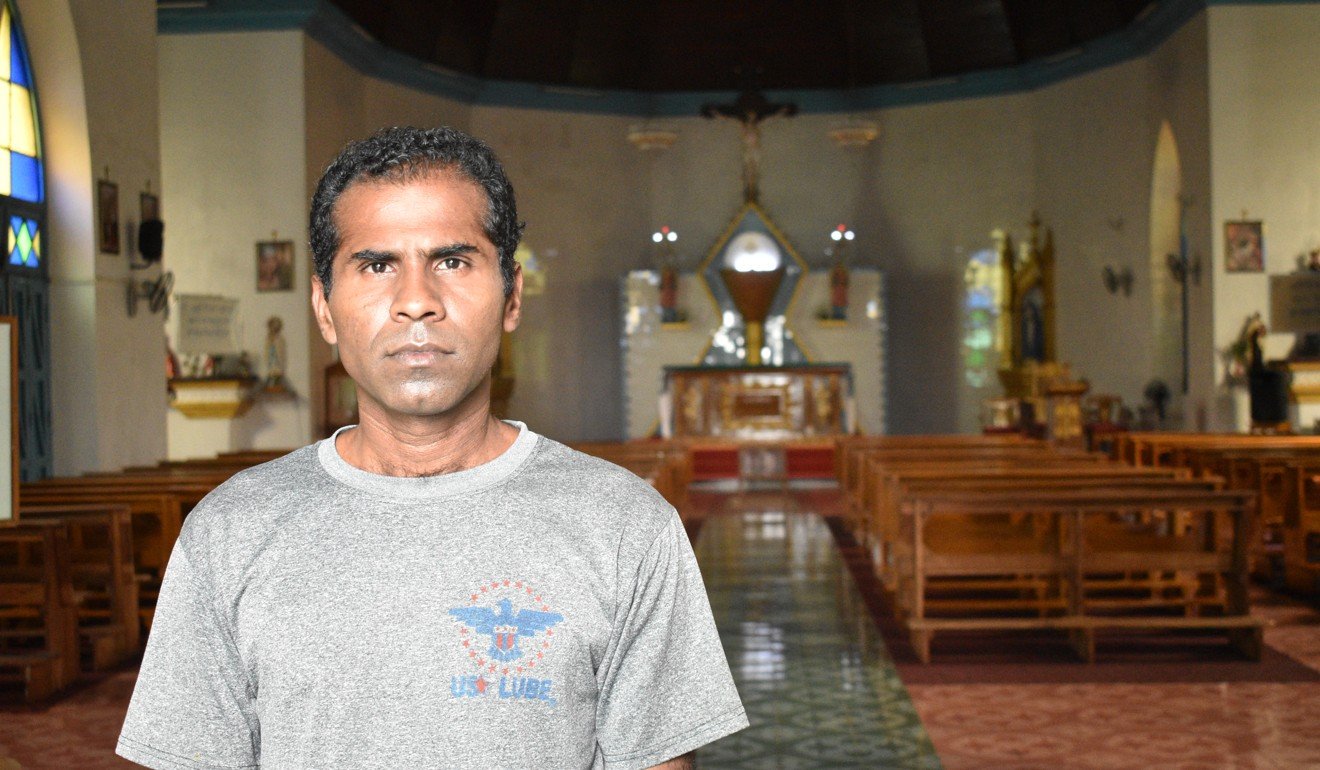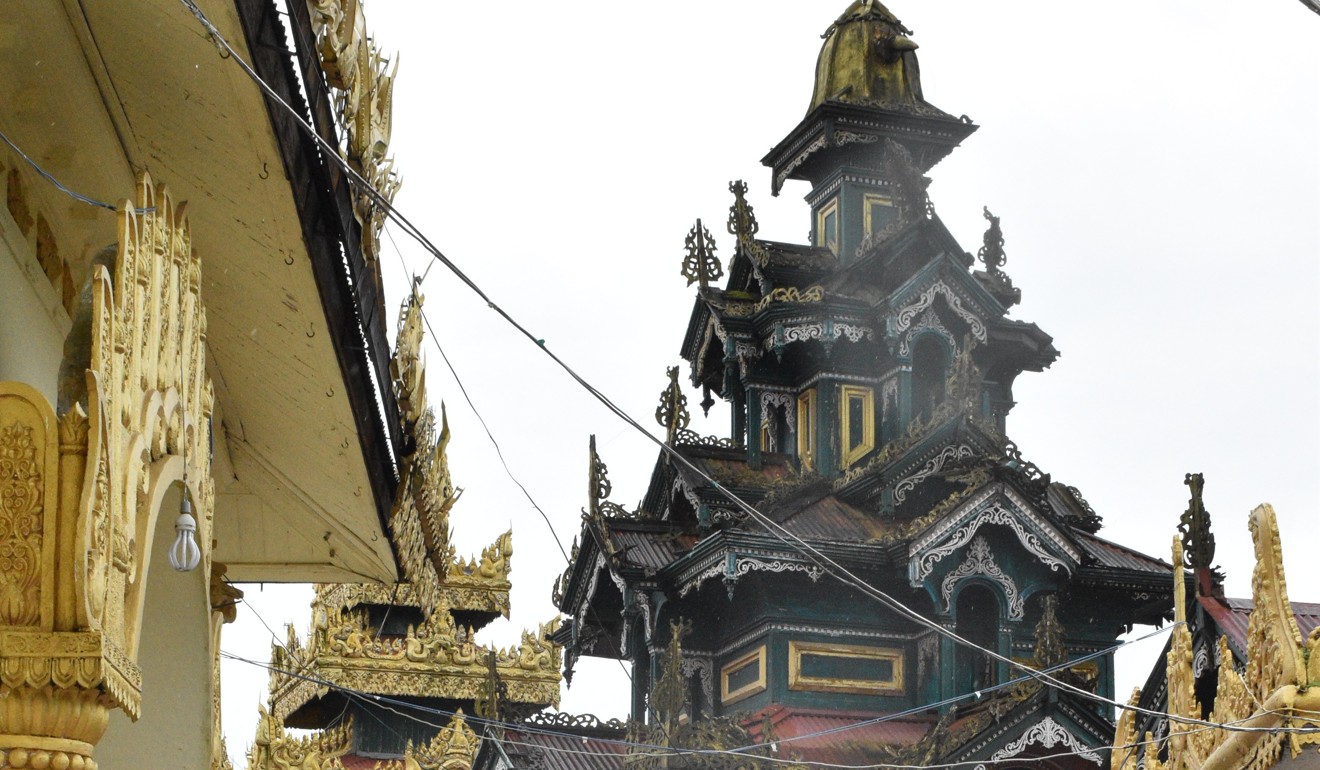
In sleepy Mawlamyine, Myanmar youths can’t wait to leave as city becomes shadow of its former self
- A former bustling British port city, Mawlamyine today is a far cry from its glory years in the 1800s
- Despite recent efforts by the authorities to boost the city’s infrastructure, the economy has not thrived and young residents yearn to leave in search of better jobs
Home to just under 300,000 residents, the capital city of the three-million-strong Mon State has a slightly forlorn, neglected air. After all, its glory years were well over 150 years ago, between 1826 and 1852.
Back then, the British transformed a sleepy port city at the confluence of the Salween, Ataran and Gyaing Rivers into the capital of their Burmese possessions on the Tenasserim coast.

Present-day Mawlamyine is a six-hour overland journey from Yangon. It used to be a much more arduous trip, but improvements in the national motorways and several new bridges have brought the two closer.
However, that has not led to a significant increase in industries or jobs. Instead, it seems to have made it easier for people to leave.
Yangon’s Chinatown uses food to heal scars of Myanmar’s past
The Mon State is Myanmar’s largest rubber-producing state. Back in the boom days, this would have been a major source of income. However, with global prices languishing, the commodity has been anything but lucrative – even for the many traders who work to supply the vast Chinese market to the north.

The picturesque port was similarly sleepy. There was only one ship docked at the jetty for the duration of the Team Ceritalah trip. It is hard to imagine that the city used to be such an important regional hub, not to mention a major shipbuilding centre drawing on the ample supplies of teak hardwood from the upper reaches of the Salween.
Burma was one of the wealthiest and most profitable of Britannia’s colonies. Rich in natural resources, Rangoon (Yangon) rivalled the Empire’s greatest ports, from Mumbai to Singapore and Liverpool.
However, the British were not a benign presence.
Contemporary Myanmar, its paranoia and pathology, must be read in the context of its turbulent and bloody past.
They were ruthless colonisers – destroying the indigenous elite, logging thousands of acres of virgin jungle and opening vast rice fields that were tended to by immigrant labour from India: especially Bengalis and Tamils.
Contemporary Myanmar, its paranoia and pathology, must be read in the context of its turbulent and bloody past.
One of the most scathing indictments of the British was written by a Mawlamyine resident, Eric Blair (better known as George Orwell) a colonial police officer whose novel Burmese Days captures the hypocrisy, racism and violence of the era.

And yet, it’s the vestiges of the colonial times that remain intriguing. In an overwhelmingly Buddhist polity, there are traces of a more cosmopolitan past with Anglican, Catholic and Baptist churches, as well as a handful of mosques.
St Patrick’s Catholic Church, with its 19th Century bells intact, and the First Baptist Church, its grey walls peeled and blackened with age, still serve congregations whose ancestors were converted by Victorian missionaries.
Myanmar’s temple city Bagan gains Unesco World Heritage status
“The history of this church is very important to me,” said Joseph, a priest-in-training at St Patrick’s.

Further north of the church, Team Ceritalah met Hussein, a 63-year-old local man who manages the Surtee Sunni Jamae Mosque.
He said with pride that the Surti Muslim community, originally from Gujarat, has owned the mosque since 1846, when it was built by the British for its Muslim civil servants ferried across the Bay of Bengal.

There’s so much more to the city than just the iconic Kyaikthanlan Pagoda – which reportedly inspired Rudyard Kipling’s Mandalay poem – but virtually no promotion of its rich history.
Still – and perhaps ironically given their migrant backgrounds – Hussein and Joseph are anchored to the city.
“I want to stay here and take care of the church,” Joseph said, standing sentinel-like at its warm green, open doors.
“People come here to find God and look at this old building. They should know its history. I want to take care of it and tell people about its story and culture.”

